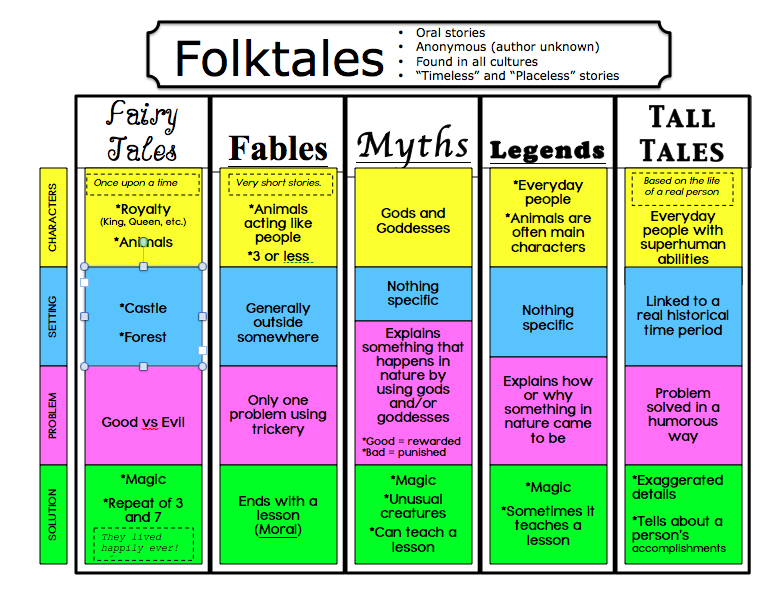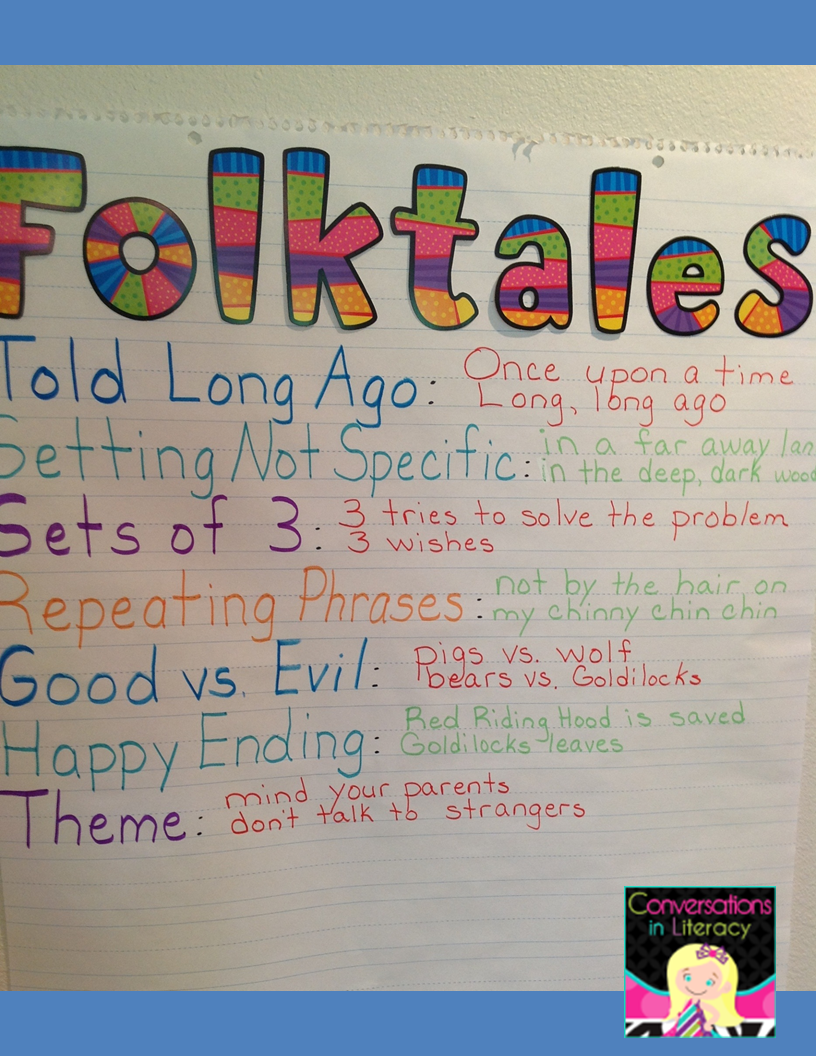
Once the army of insects unleashed their team of wasps, the mountain lion soon learned that the size of an animal does not determine its power or strength. Soon the puma apologized to the grasshopper and the two became the best of friends. While the puma gathered an army of foxes, the saltamontes organized an army of insects. The saltamontes became very upset and scolded the puma because of his reckless behavior.īecause the puma refused to apologize, the grasshopper challenged him to a battle. One day, as el puma was running through the jungle, he ran over a grasshopper’s house and destroyed it. El puma was so intimidating to his fellow animals that he became a kind of bully, and soon all the other animals began growing tired of his behavior. This Latin American folktale from Mexico tells the story of black mountain lion who learned a lesson from a grasshopper.
#FOLKTALE EXAMPLES FOR KIDS SERIES#
As she goes through a series of suitors, the choosy cockroach discovers the importance of sticking to your standards when selecting the perfect life partner.Įl Puma y el Saltamontes (The Mountain Lion and the Grasshopper) It tells the story of a beautiful cockroach who is looking for a suitable mate. This Spanish folktale comes to us from Spain, but became particularly popular in the Spanish-speaking Caribbean, with different versions of it showing up in Cuba, Puerto Rico, and the Dominican Republic. La Cucarachita Martina (Martina the Cockroach) This is another story that has made its way from Spain across most of Latin America, and most Spanish-speaking children have at some time in their life been frightened by the idea that El Cuco will hide under their bed at night and kidnap them.Įl Cuco is said to kidnap children who misbehave, so children are often admonished to behave properly “ para que no te lleve el Cuco”.

Parents warn their kids not to wander around in the dark or they may be kidnapped by La Llorona.Įl Cuco (sometimes referred to as El Coco) is the Spanish and Latin American version of the Boogeyman. La Llorona is believed to wander around at night crying for her lost children and kidnapping living children. It is believed that the tortured spirit of this broken-hearted mother wanders the Earth looking for her children. At night, it is said that her cries may be heard in places close to lakes and rivers. This Spanish folktale tells the story of a young mother whose children accidentally drown due to her carelessness. Upon realizing that her children have drowned, the crying woman drowns herself. La Llorona is a folktale that originates in Spain, but has made its way to many countries across Latin America, particularly Mexico and Central America. To help you keep your little linguists entertained, we’ve compiled a list of our 10 Top Folktales from Spain and Latin America for children. One fun activity you may consider as a family is staging a little play of one of your children’s favorite leyendas! Traditional Folk Tales from Latin America and Spain Incorporating Spanish and Latin American folktales in to your children’s Spanish education not only helps to strengthen their understanding and fluency, but also teaches them valuable lessons and the difference between good and bad decisions.Īlso, folktales are fun! They give us ideas for characters that we might like to become or play out. Related Post: Spanish Fairytales and Fables

Typically, folktales address universal problems and illustrate possible courses of action that we may take to address specific circumstances, problems or scenarios in real life.įolktales are also wildly creative, sparking young imaginations, and encouraging the use of fantasy, mysticism, and magic to imagine solutions to hypothetical problems. In fact, folktales combine the elements of fantasy and practicality, making them a unique form of storytelling that is found across all cultures! Traditional Spanish and Latin American folktales also introduce key cultural elements and concepts that refer to everyday life in Latin America and Spain, as well as the cultural norms and traditions of these regions.

They help us to identify the things that our ancestors considered important, the values and ideas that form a part of our cultural legacy and the passing forward of these ideas and values. Why should we read folktales to our children?įolktales are meaningful cultural markers because they teach us about our heritage and the belief systems of our ancestors.


 0 kommentar(er)
0 kommentar(er)
